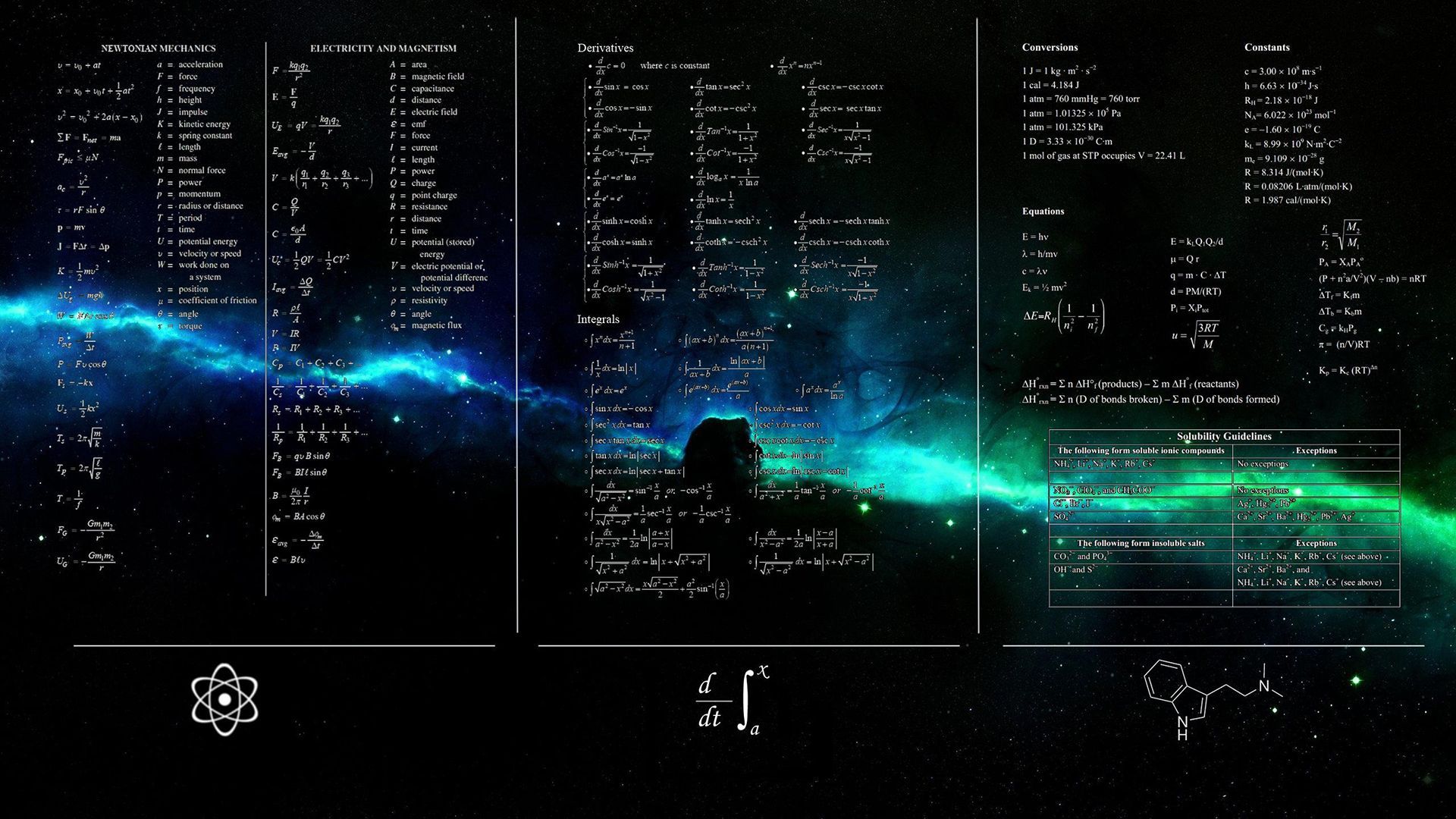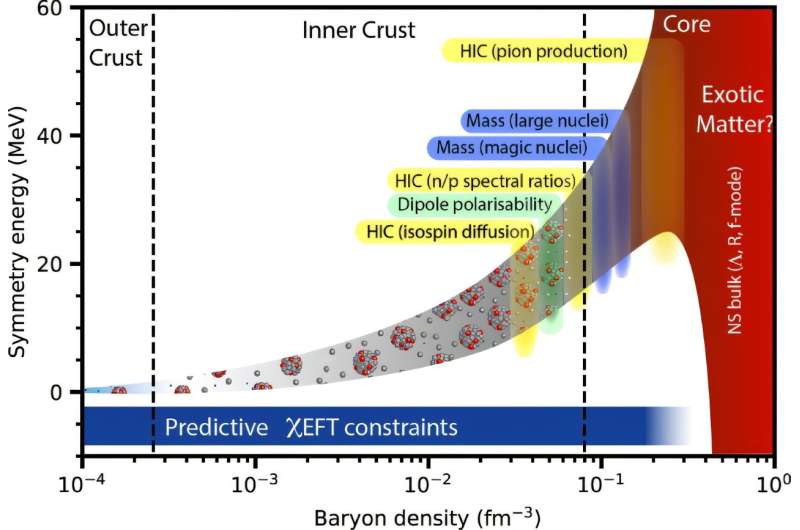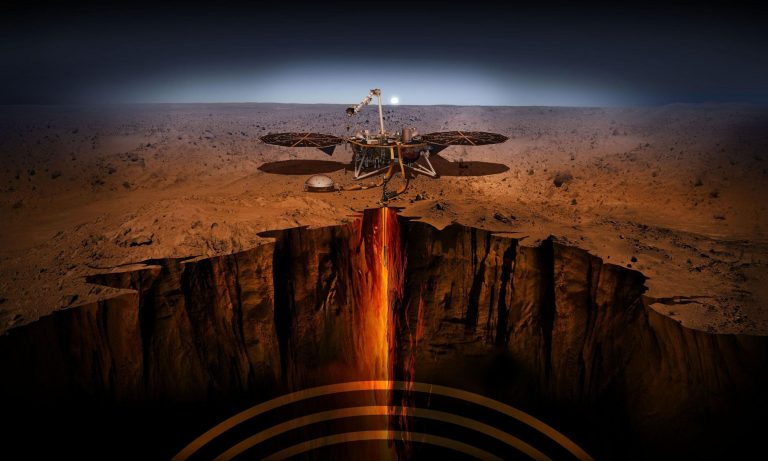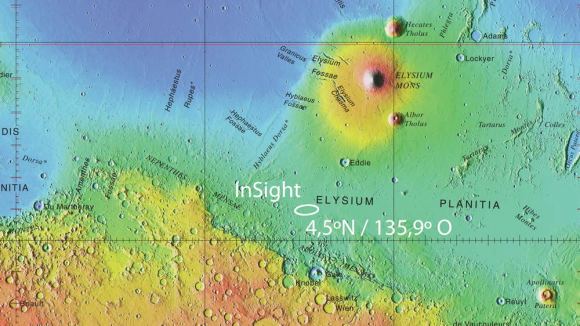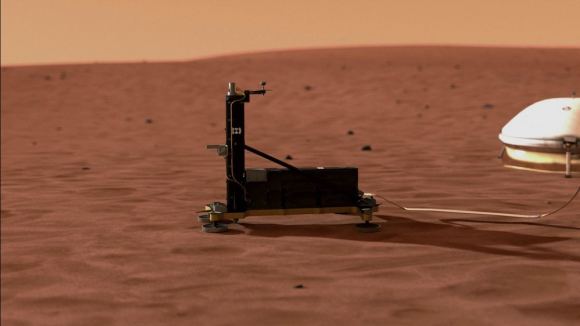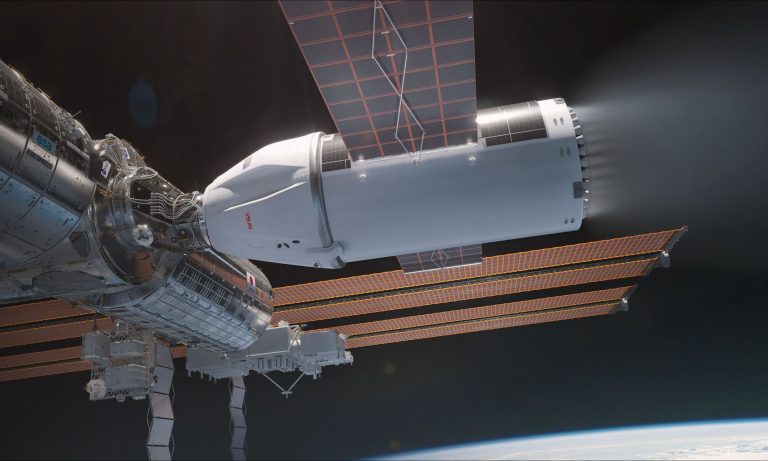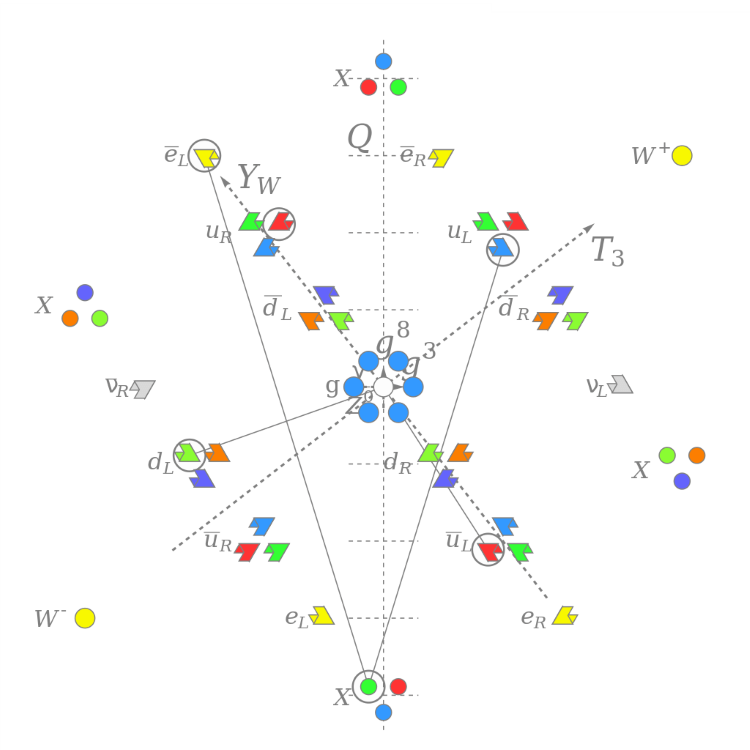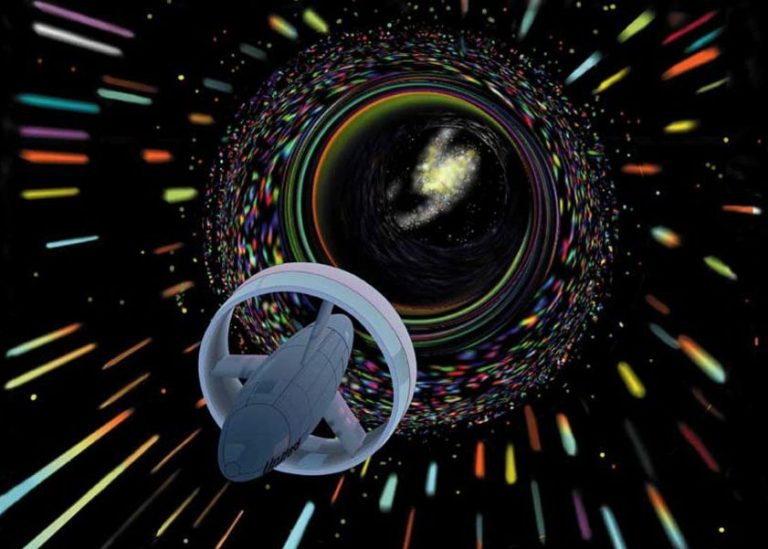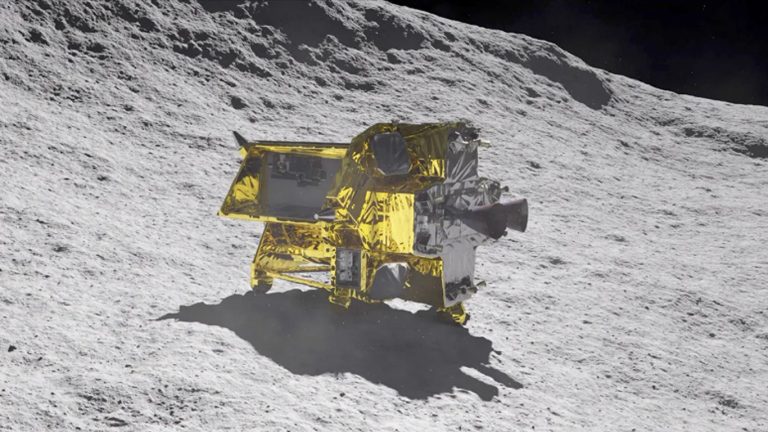Indian Ocean’s Gravity Anomaly: The Truth Behind the Mysterious ‘Gravity Hole’
The Indian Ocean Geoid Low (IOGL) is a mysterious gravity anomaly that dips 106 meters below its surrounding ocean surface. This fascinating phenomenon challenges our understanding of Earth’s deep interior dynamics and tectonic activities, prompting international research collaborations and advanced computer modeling to unravel its origins.
Summary:
- The IOGL creates a 106-meter dip in the ocean’s surface due to unusual gravity anomalies.
- It is associated with low-density materials in the Earth’s mantle caused by mantle convection.
- Advanced numerical models and seismic tomography data have been crucial in explaining the phenomenon.
- The anomaly might be linked to ancient tectonic events and the deflection of mantle plumes.
- Research involves collaboration between institutions such as GFZ Potsdam and IISc Centre for Earth Sciences.
- Alternative theories consider remnants of ancient tectonic plates, though they do not fully account for the anomaly.
- The study provides insight into the Earth’s interior, where direct observation is limited.
- The gravity hole might persist for millions of years, influenced by ongoing tectonic movements.
- Computer simulations recreate the Earth’s past, helping scientists visualize ancient geological configurations.
- New research findings are published in leading scientific journals and are influencing future geophysical studies.

Introduction
The discovery of the Indian Ocean Geoid Low has ignited curiosity among geoscientists worldwide. Beneath the calm surface of our vast oceans lies a dynamic and mysterious world. The IOGL, often described as a “gravity hole,” is a significant dip in the ocean’s surface, where the gravitational pull is noticeably weaker. This anomaly, measuring 106 meters below the surrounding level, challenges our conventional understanding of Earth’s structure.
Geoid anomalies like the IOGL reveal much about the uneven distribution of mass deep within the Earth. Since the oceans cover over 70% of our planet’s surface, any deviation from the expected geoid shape provides critical insights into the processes occurring far below the surface. These insights are pivotal in understanding the interactions between tectonic plates and the convection currents in the mantle.
The Phenomenon of the Gravity Hole
The Indian Ocean Geoid Low is not just an isolated oddity; it is a window into the dynamic forces at work within our planet. In a perfect world without variations, the ocean’s surface would conform to an equipotential surface known as a geoid. However, differences in density and mass distribution cause certain regions to dip or rise. In the case of the IOGL, researchers have identified a significant mass deficit in the mantle beneath the region.
This mass deficit is attributed to low-density anomalies—areas where lighter, hotter material replaces the heavier, cooler rock. These anomalies are largely driven by mantle convection, a slow but persistent process where hot material rises and cooler material sinks. This natural churning of the mantle not only shapes the planet’s surface over millions of years but also contributes to the formation of dramatic features like the IOGL.

Scientific Investigations and Numerical Models
To uncover the secrets of the IOGL, scientists have turned to advanced numerical models and computer simulations. These models, informed by seismic tomography data, allow researchers to virtually rewind the geological clock. By simulating conditions dating back as far as 140 million years, the models can capture the intricate dance of tectonic plates and the movement of mantle material.
The research indicates that the gravity anomaly is linked to rising hot material from regions such as the African large low-shear-velocity province (LLSVP) or the African superplume. This material, instead of forming a classic mantle plume, deflects eastward due to the rapid motion of the Indian plate, culminating in the formation of the IOGL.
Below is a table summarizing some key parameters used in these advanced simulations:
| Parameter | Value/Description |
|---|---|
| Anomaly Depth | 106 meters below the surrounding ocean surface |
| Simulation Time Span | Up to 140 million years |
| Mantle Depth Range | 300 km to approximately 900 km |
| Key Process | Mantle convection and plume deflection |
Insights from International Research Collaborations
This breakthrough in understanding the IOGL is the result of a successful collaboration between scientists from diverse institutions. Researchers from GFZ Potsdam and the IISc Centre for Earth Sciences have pooled their expertise to tackle one of Earth’s most enduring puzzles. Their work, published in reputable scientific journals such as AGU Publications, emphasizes the critical role of interdisciplinary cooperation in unraveling geological mysteries.
Discussion on Tectonic Movements and Mantle Convection
The study of the IOGL has profound implications for our understanding of tectonic movements. The Earth’s crust is not static; it is continuously reshaped by the forces originating deep within the mantle. The rising and sinking of mantle materials not only influence surface topography but also contribute to the formation of volcanic features and seismic activity.
One of the intriguing aspects of the IOGL research is its connection to ancient tectonic events. When the Indian plate moved northward, a vast ocean once separated it from Asia. As this ocean vanished and the landmasses collided, conditions became ripe for the development of mantle plumes. These plumes, which carry lighter, hot material upward, may have played a critical role in creating the gravity hole we observe today.
The dynamics of mantle convection are complex. Variations in temperature, pressure, and composition lead to regions where the density of mantle material is significantly lower than its surroundings. These low-density anomalies result in a localized drop in gravitational force, as evidenced by the IOGL. The phenomenon challenges scientists to refine their models and consider new variables that could influence these deep Earth processes.
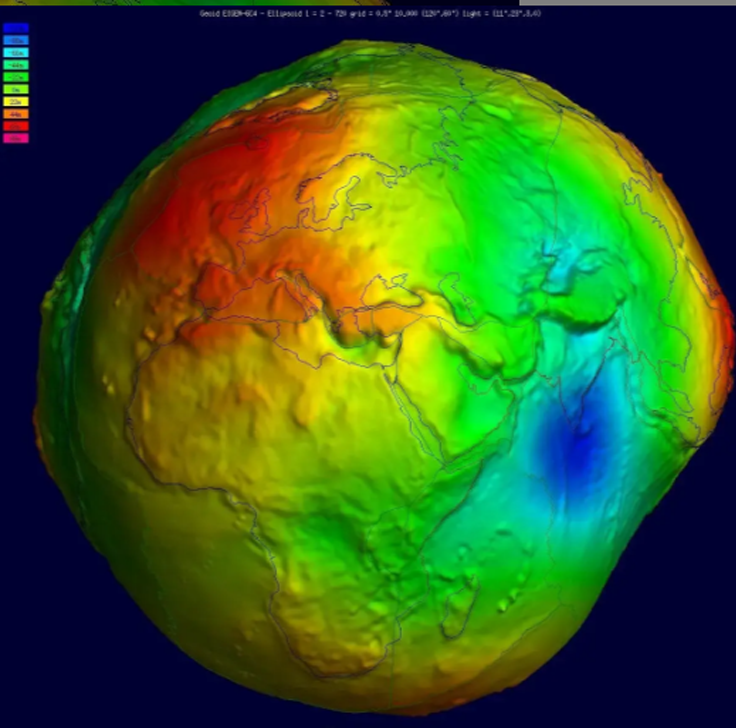
Data and Simulation Comparisons
Further insights are provided by a detailed comparison of simulation scenarios, which is summarized in the table below. This table highlights how different variables in the simulation influence the formation of the geoid anomaly:
| Simulation Scenario | Presence of Mantle Plume | Tectonic Plate Movement | Resulting Geoid Anomaly |
|---|---|---|---|
| Scenario A | Strong mantle plume detected | Fast Indian plate movement | Prominent 106-meter dip |
| Scenario B | Moderate mantle plume | Variable plate speed | Noticeable, but less pronounced |
| Scenario C | No clear mantle plume | Slow plate movement | Minimal geoid anomaly |
Future Prospects and Implications
Understanding the IOGL is not merely an academic exercise; it has real-world implications. As we gain insight into Earth’s internal structure, we can improve our predictions of seismic and volcanic activities. Moreover, the research on mantle convection and gravity anomalies may lead to advances in resource exploration and even inform the study of other planetary bodies.

Future research will likely expand upon the current models, incorporating even more detailed seismic data and refining our understanding of how tectonic and mantle processes interact. This ongoing work is essential for building a comprehensive picture of our planet’s evolution.
Facts
- The concept of a geoid is central to understanding Earth’s gravitational field.
- Despite its name, the “gravity hole” is a natural consequence of the Earth’s dynamic interior.
- Similar gravity anomalies have been observed in other parts of the world, though none are as pronounced as the IOGL.



